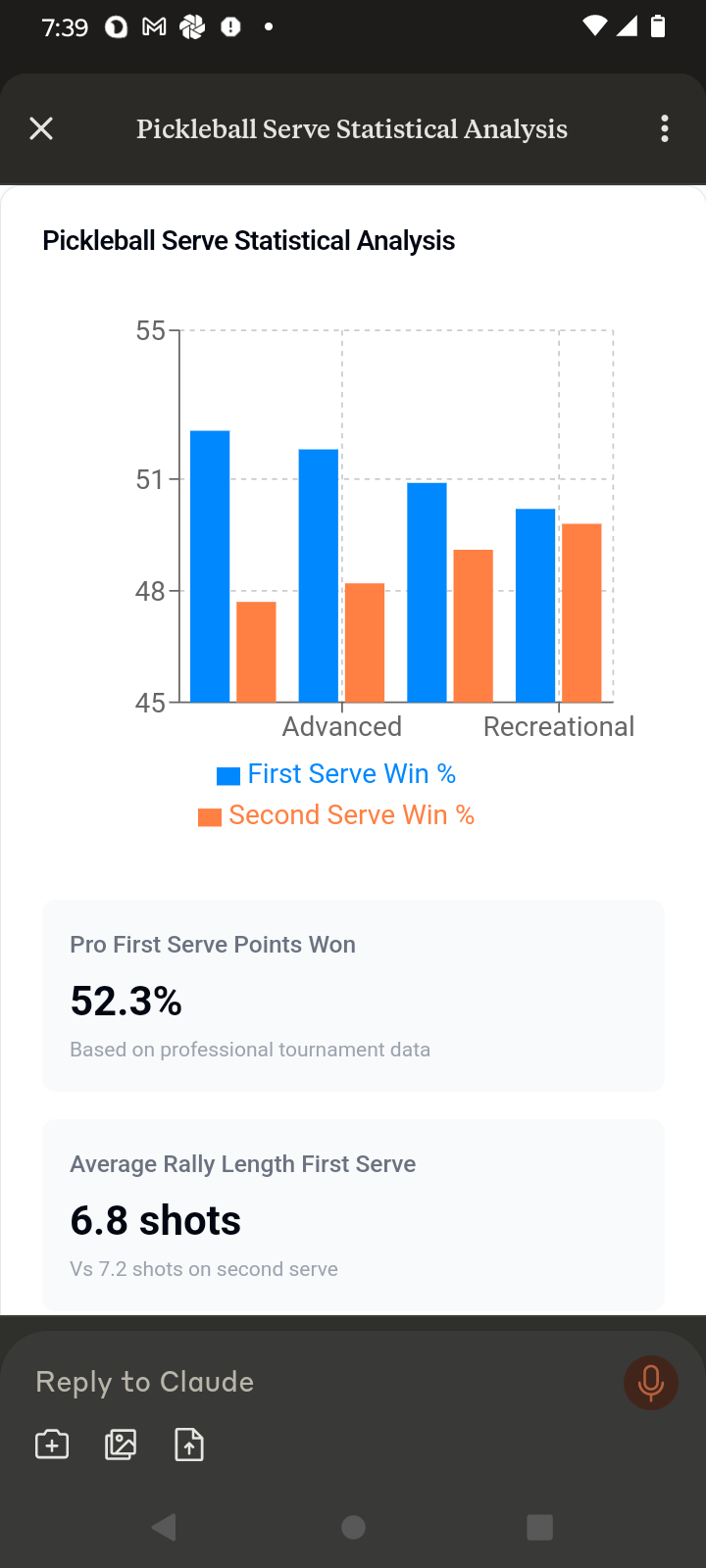
Critical Analysis of USAP's PBCoR Testing Methodology: A Technical Deep Dive
|
|
|
Time to read 2 min

Critical Analysis of USAP's PBCoR Testing Methodology: A Technical Dee - CoreTek Pickleball LLC | Critical Analysis of USAP's PBCoR Testing Methodology: A Technical Dee - CoreTek Pickleball LLC | Critical Analysis of USAP's PBCoR Testing Methodology: A Technical Dee - CoreTek Pickleball LLC | Critical Analysis of USAP's PBCoR Testing Methodology: A Technical Dee - CoreTek Pickleball LLC | Critical Analysis of USAP's PBCoR Testing Methodology: A Technical Dee - CoreTek Pickleball LLC | Critical Analysis of USAP's PBCoR Testing Methodology: A Technical Dee - CoreTek Pickleball LLC | Critical Analysis of USAP's PBCoR Testing Methodology: A Technical Dee - CoreTek Pickleball LLC | Critical Analysis of USAP's PBCoR Testing Methodology: A Technical Dee - CoreTek Pickleball LLC | Critical Analysis of USAP's PBCoR Testing Methodology: A Technical Dee - CoreTek Pickleball LLC | Critical Analysis of USAP's PBCoR Testing Methodology: A Technical Dee - CoreTek Pickleball LLC | Critical Analysis of USAP's PBCoR Testing Methodology: A Technical Dee - CoreTek Pickleball LLC | Critical Analysis of USAP's PBCoR Testing Methodology: A Technical Dee - CoreTek Pickleball LLC | Critical Analysis of USAP's PBCoR Testing Methodology: A Technical Dee - CoreTek Pickleball LLC | Critical Analysis of USAP's PBCoR Testing Methodology: A Technical Dee - CoreTek Pickleball LLC | Critical Analysis of USAP's PBCoR Testing Methodology: A Technical Dee - CoreTek Pickleball LLC | Critical Analysis of USAP's PBCoR Testing Methodology: A Technical Dee - CoreTek Pickleball LLC | Critical Analysis of USAP's PBCoR Testing Methodology: A Technical Dee - CoreTek Pickleball LLC | Critical Analysis of USAP's PBCoR Testing Methodology: A Technical Dee - CoreTek Pickleball LLC | Critical Analysis of USAP's PBCoR Testing Methodology: A Technical Dee - CoreTek Pickleball LLC | Critical Analysis of USAP's PBCoR Testing Methodology: A Technical Dee - CoreTek Pickleball LLC | Critical Analysis of USAP's PBCoR Testing Methodology: A Technical Dee - CoreTek Pickleball LLC | Critical Analysis of USAP's PBCoR Testing Methodology: A Technical Dee - CoreTek Pickleball LLC | Critical Analysis of USAP's PBCoR Testing Methodology: A Technical Dee - CoreTek Pickleball LLC | Critical Analysis of USAP's PBCoR Testing Methodology: A Technical Dee - CoreTek Pickleball LLC | Critical Analysis of USAP's PBCoR Testing Methodology: A Technical Dee - CoreTek Pickleball LLC | Critical Analysis of USAP's PBCoR Testing Methodology: A Technical Dee - CoreTek Pickleball LLC | Critical Analysis of USAP's PBCoR Testing Methodology: A Technical Dee - CoreTek Pickleball LLC | Critical Analysis of USAP's PBCoR Testing Methodology: A Technical Dee - CoreTek Pickleball LLC | Critical Analysis of USAP's PBCoR Testing Methodology: A Technical Dee - CoreTek Pickleball LLC | Critical Analysis of USAP's PBCoR Testing Methodology: A Technical Dee - CoreTek Pickleball LLC | Critical Analysis of USAP's PBCoR Testing Methodology: A Technical Dee - CoreTek Pickleball LLC | Critical Analysis of USAP's PBCoR Testing Methodology: A Technical Dee - CoreTek Pickleball LLC | Critical Analysis of USAP's PBCoR Testing Methodology: A Technical Dee - CoreTek Pickleball LLC | Critical Analysis of USAP's PBCoR Testing Methodology: A Technical Dee - CoreTek Pickleball LLC | Critical Analysis of USAP's PBCoR Testing Methodology: A Technical Dee - CoreTek Pickleball LLC | Critical Analysis of USAP's PBCoR Testing Methodology: A Technical Dee - CoreTek Pickleball LLC | Critical Analysis of USAP's PBCoR Testing Methodology: A Technical Dee - CoreTek Pickleball LLC | Critical Analysis of USAP's PBCoR Testing Methodology: A Technical Dee - CoreTek Pickleball LLC | Critical Analysis of USAP's PBCoR Testing Methodology: A Technical Dee - CoreTek Pickleball LLC | Critical Analysis of USAP's PBCoR Testing Methodology: A Technical Dee - CoreTek Pickleball LLC | Critical Analysis of USAP's PBCoR Testing Methodology: A Technical Dee - CoreTek Pickleball LLC | Critical Analysis of USAP's PBCoR Testing Methodology: A Technical Dee - CoreTek Pickleball LLC | Critical Analysis of USAP's PBCoR Testing Methodology: A Technical Dee - CoreTek Pickleball LLC | Critical Analysis of USAP's PBCoR Testing Methodology: A Technical Dee - CoreTek Pickleball LLC | Critical Analysis of USAP's PBCoR Testing Methodology: A Technical Dee - CoreTek Pickleball LLC | Critical Analysis of USAP's PBCoR Testing Methodology: A Technical Dee - CoreTek Pickleball LLC | Critical Analysis of USAP's PBCoR Testing Methodology: A Technical Dee - CoreTek Pickleball LLC | Critical Analysis of USAP's PBCoR Testing Methodology: A Technical Dee - CoreTek Pickleball LLC | Critical Analysis of USAP's PBCoR Testing Methodology: A Technical Dee - CoreTek Pickleball LLC | Critical Analysis of USAP's PBCoR Testing Methodology: A Technical Dee - CoreTek Pickleball LLC | Critical Analysis of USAP's PBCoR Testing Methodology: A Technical Dee - CoreTek Pickleball LLC | Critical Analysis of USAP's PBCoR Testing Methodology: A Technical Dee - CoreTek Pickleball LLC
Skip to content|
|
|
Time to read 2 min